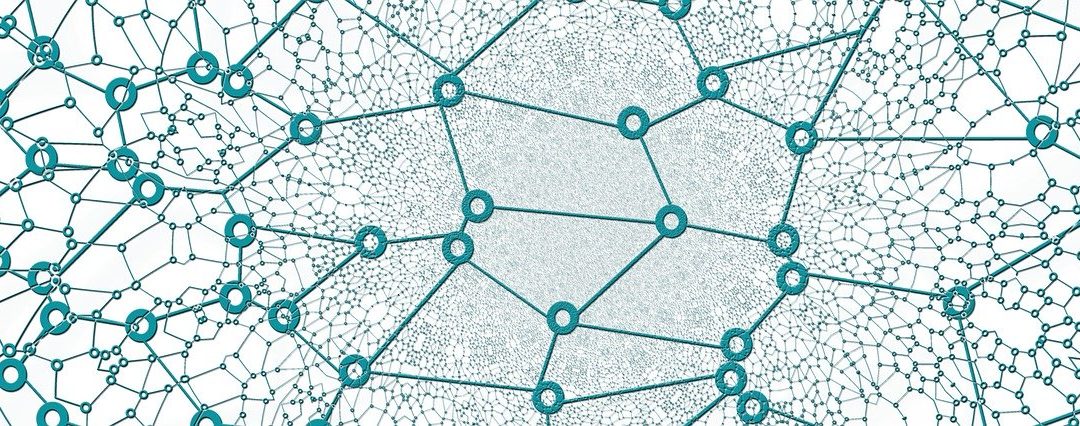In the cloudy world of modern consumerism, many marketers now find themselves overwhelmed by the sheer volume of choices when it comes to selling their product to consumers. But what we also need to think about when discussing consumerism is the consumer themselves – especially when it comes to B2B sales.
B2B consumers are very unique in the sense that they’re accountable for the purchase not only on a personal level, but also a company one. In this piece we’ll take a look at the standard 7-step thought process for B2B consumers, and how brands can begin to tap into that when advertising their services.
1. Recognition
Does the consumer realise the need that their business has for your product or service? Brands need to put themselves in a position to make the buyer aware they can solve an underlying problem within their potential customer’s business.
2. Gathering of information
The consumer has recognised that they have a problem or need within the business – now the fun can begin! Traditionally, brands would have advertised their services in outlets such as flyers, or relevant magazines or newspapers, but modern technology has allowed for advances such as social media ads and pay per click advertising to really home in on a target market. In fact, as many as 49% of buyers have recently been reported to have made purchases after receiving a more personalised shopping experience.
3. Weighing up the alternatives
Research is more important to the consumer now than ever before, with 90% of B2B buyers now using online search when in the process of finding their next product or service. Key decision makers at B2B companies will often be meticulous in gathering their research, and this shows when we carry out consumer behaviour research.
4. Assessment
Now that the consumer has gathered up all of their research, it’s time to digest and assess. As mentioned, due to the effects that a B2B purchase will have on a variety of people it’s clear that the consumer will really dissect all the options with a keen eye before determining their solution, which makes it even more important for businesses to make sure that what they’re offering in the first place is well-rounded in both planning and execution.
5. Choosing which purchase to make
This stage of the process has seen much change in the last decade. Compared to 2009 the sales process now takes an average of 20% longer, with an average of 6.8 people involved. Brands are becoming more careful, which means you should be too!
6. Implementation
Everything leading up to the purchase has worked well, and now the consumer(s) is finally ready to buy. At this point it is essential that your website is optimised for an easy conversion – we don’t want to put someone off due to an unusable buying process. 75% of consumers (B2B and B2C) admit that they judge a business’ credibility based on their website design after all.
7. Evaluating and reviewing consumer decision
This is the point at which you’ll need to evaluate from your side what went well during the consumer’s buying process, and what you could change (if anything) to make the process smoother for next time. Analytics data has become vital for brands to evaluate consumer behaviour during the after-sales process, and this use of data is certain to grow in future.

